Search Results
Viewing: 771-780 of 1459 | All

Condition
Back Sciatica
The sciatic nerve is the longest nerve in the body. Sciatica is caused by increased pressure placed on the sciatic nerve, most commonly from a herniated disk.
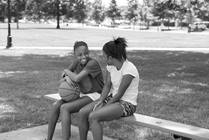
Condition
Lateral Epicondylitis (Tennis Elbow)
Lateral epicondylitis, or tennis elbow, is an injury to the outer side of the elbow where the muscles and tendons attach to the bone. The muscles or tendons of the forearm that pull your wrist back (extend the wrist) get damaged.
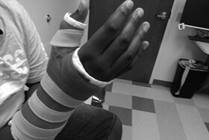
Blog
Broken Fingers: Why They Need Special Treatment and Care
Find out why a finger fracture is unique, tips for adjusting and why your child always needs care for a swollen, injured finger.
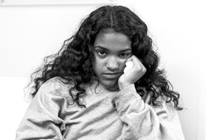
Condition
Diabetes Ketoacidosis (DKA)
Diabetic ketoacidosis, also known as DKA, is a serious complication of diabetes. When cells do not have glucose to use for energy, the body starts to use fat for energy. Acids called ketones are made when fat is used for energy. If untreated, this leads to DKA and life-threatening problems.
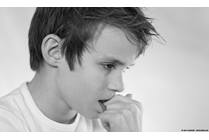
Blog
Nail Biting Prevention and Habit Reversal Tips: How to Get Your Child to Stop
Nail-biting is a common and frustrating habit for many children, teens and parents. But, there is good news: more than 75 percent of teens who bite their nails will stop by age 35.
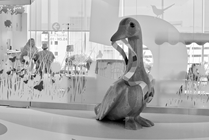
Condition
Voiding Dysfunction
If a child over the age of 4 has difficulties holding their urine (urinary incontinence) and physicians are unable to identify an anatomical or neurological cause, they may diagnose the child with voiding dysfunction.
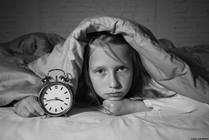
Sleep Terrors and Sleepwalking
Sleep terrors and sleepwalking are related disorders of sleep that usually go away by the teen years. Sleep terrors are not the same as nightmares. Nightmares are bad dreams the child often clearly remembers the next day.
Intussusception (Inpatient)
Intussusception is a blockage of the intestines. It happens when one part of the intestine folds into another part. Signs of intussusception include pain in the abdomen (stomach) that comes and goes, or comes on suddenly. Many intussusceptions are fixed with an air enema but some require surgery.
Supraventricular Tachycardia
Supraventricular tachycardia, also called SVT, is a very fast heart rhythm that does not follow the regular pathway from the atria to the ventricles.
For Current Residents and Fellows
Access resources for residents, fellows and postdoctoral/advanced training professionals.
